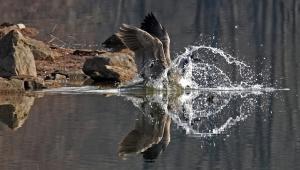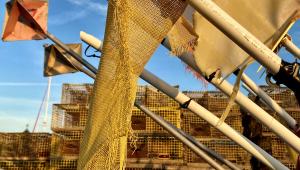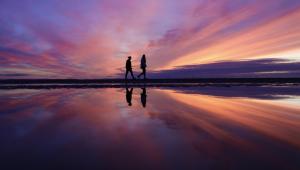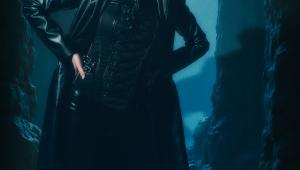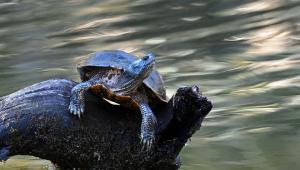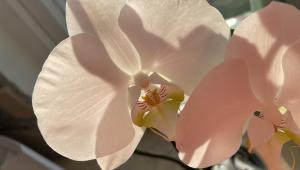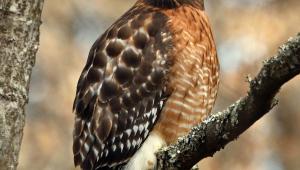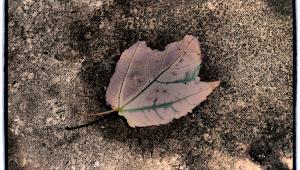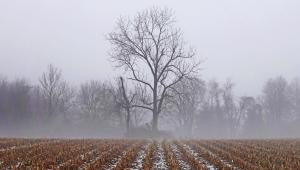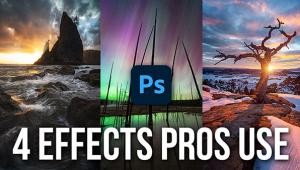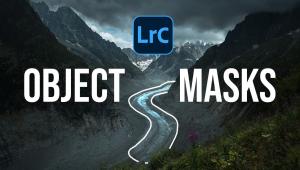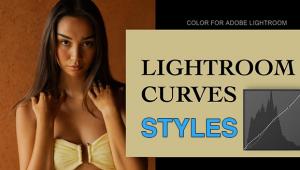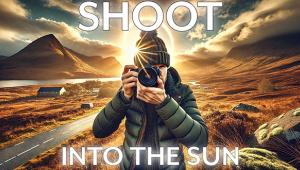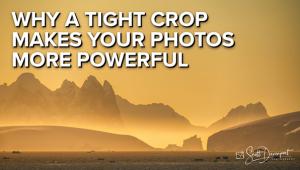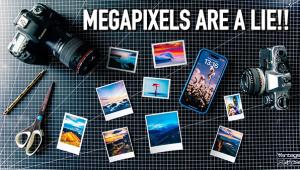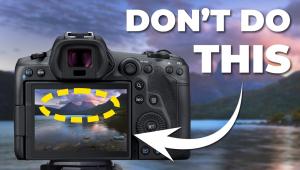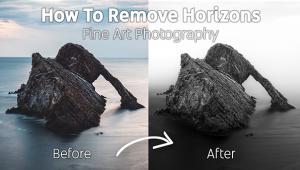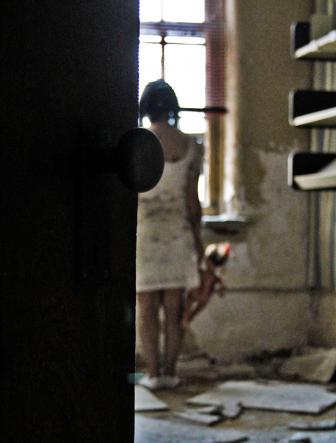Pro Choice; Jeffrey Jacobs’s Architectural Magic; W.O. Smith Community School of Music, Nashville, TN
Working With The Magic Hour |
|
 |
|
|
Magic hour, those moments at dusk when the sky loses its brilliance but not its deep blue color, is a favorite time for architectural photographers. It provides ambient light that fills in shadows, thereby reducing contrast. And of equal importance, it provides a richly colored canvas on which to paint a structure, as well as a cool-colored backdrop outside a window for an interior. But Jacobs doesn’t stop there. He will also use twilight, so that the sky becomes a tapestry of cool and warm hues, enriching the scene even further. And the story gets even more interesting when you learn that the “hero” shot of the structure (or interior) itself—the key image that is finally selected—normally happens past midnight, when the night sky is pitch black.
Jacobs begins shooting from the moment he and his assistants arrive at a location, capturing various nuances in the sky. No, his skies are not always deep blue or rainbow colored, but those times of day routinely add a texture that a shot needs. When a brighter sky is called for, he won’t hesitate to use that.
And not every architectural assignment requires that he add lights, but most do. He’ll truck all his gear to a location—he rarely flies these days, as driving to most locations proves more economical. And he seldom rents lights, since what he needs—and more importantly, in the numbers he requires—is beyond what is available at any rental house, even in major cities such as New York or Los Angeles. In fact, there are certain lights that he will fashion himself if need be. As long as he has the bulbs and fixtures, clamps and Gaffer’s tape, he’s set.
Janet Huckabee Arkansas Nature Center, Fort Smith, AR |
|
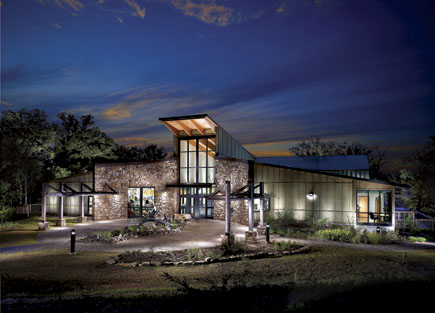 |
|
|
His Camera Gear Of Choice
Jacobs has been a photographer for 28 years, over 20 of those focused on architecture. His interest in capturing building designs began as a photography student at the Art Institute of Atlanta. He was given an assignment to create a portfolio. One day, he’d set up his view camera looking out at Colony Square in Downtown Atlanta just as the right light was hitting it—and the scene came alive for him. From that moment, he was hooked and he’d found his calling as an architectural photographer.
His own camera at the time was a Minolta SR-T 101, but the school had 4x5 view cameras for student use. Over the years, like many others, he made the transition from film to digital, and today works with a Cambo Wide DS with a Phase One P 45 back. As an adjunct, he’ll use a Canon EOS 5D (usually with a tilt-shift lens), “when I need to shoot an interior and exterior at the same time” (which camera does what depends on the situation and the client’s needs, with the view camera always in the forefront). The P 45 lets him shoot exposures lasting minutes, not just seconds, with results as noise-free as those exposed for a fraction of a second (thanks to the camera’s built-in dark frame subtraction process). With these nighttime captures, there’s only so much light you can throw at a building, so exposures tend to be long. The camera, by the way, is supported on a Gitzo with a three-way head, plus sandbags for a secure stance.
Covenant Presbyterian Church, Nashville, TN |
|
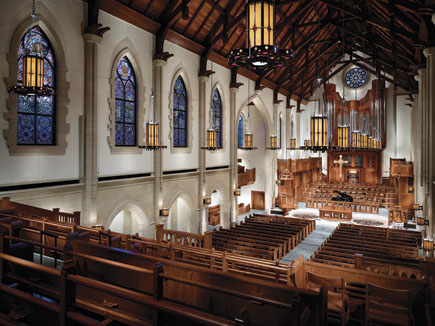 |
|
|
- Log in or register to post comments
















